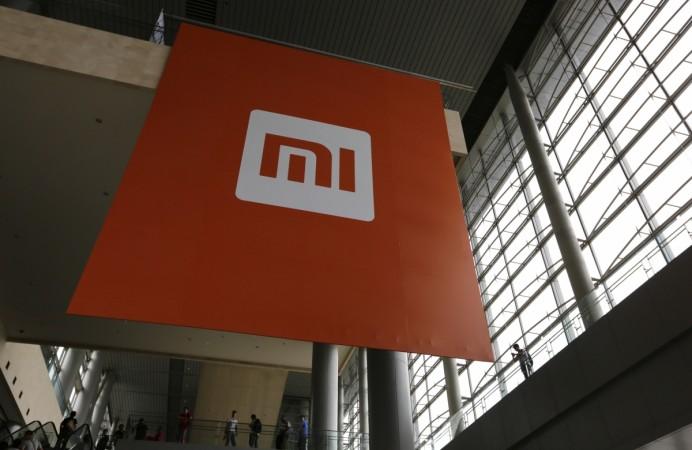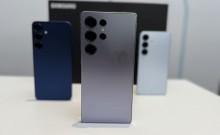
Have you ever heard of a mobile phone battery being livestreamed to showcase its life? May be not, but Xiaomi is doing just that for its Mi Max's 4,850 mAh battery. Surprisingly, it has turned into a big hit, attracting millions of hits in less than two weeks.
The Xiaomi Mi Max battery demonstration started on May 10 and is into day 13 (as on Monday). The phone is on standby without running any app, however, the way the battery has been powering the device for almost two weeks now is impressive.
According to a report by Chinese video site Bilibili (via Mashable), the livestream show has received over 20 million unique views as of last weekend (11 days). People are continuing to flood the website to check out the hysteria over the battery life of the Mi Max.
The Mi Max went on a flash sale in China last week, and the company claimed that over eight million registrations recorded for the device. It is expected to be released to other markets, including India, but it is not confirmed at the moment.
The Mi Max comes in three variants, one with a Qualcomm Snapdragon 650, a 32GB internal storage and a 3GB RAM model carrying a price tag of 1499 Yuan (around $230/Rs. 15,300); the second one with a Qualcomm Snapdragon 652, a 64GB internal memory and a 3GB RAM costing 1699 Yuan (around $260/Rs. 17,400); and the third with a Qualcomm Snapdragon 652, a 128GB inbuilt memory and 4GB RAM priced at 1999 Yuan (around $308/Rs. 20,400).
The phablet sports a 6.44-inch IPS LCD capacitive touchscreen with 1,080x1,920 pixels (342 ppi pixel density), measures 173.1x88.3x7.5 mm in dimension, weighs 203g, and comes with a fingerprint sensor. It also has MIUI 8 based Android 6.0 Marshmallow, an Adreno 510 GPU, memory expandable up to 200GB via microSD card, a 16MP main camera, and a 5MP front-snapper.
Xiaomi Mi Max supports Wi-Fi 802.11 a/b/g/n/ac, dual-band, Wi-Fi Direct, DLNA, hotspot, Bluetooth 4.2, microUSB v2.0 and USB Host.

















